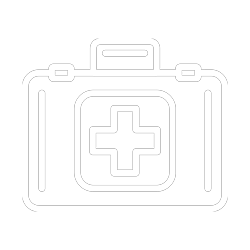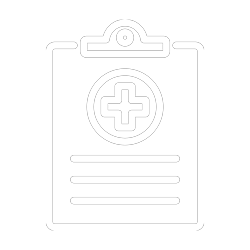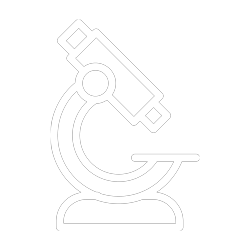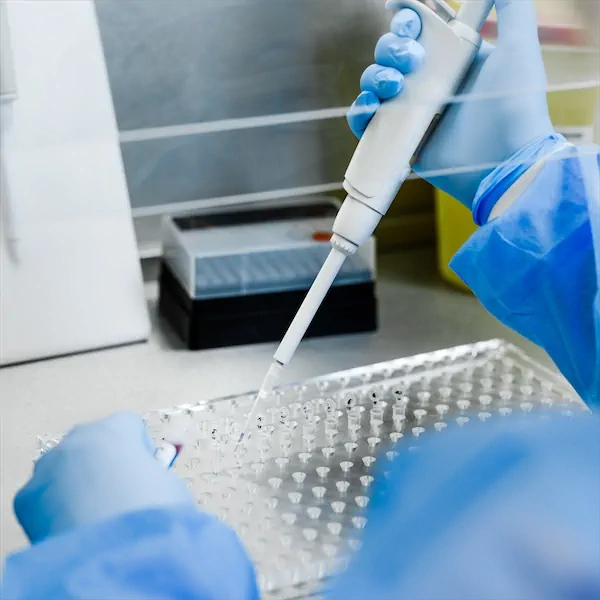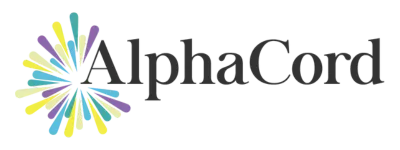The Science of Stem Cells
Stem cells are extremely valuable and powerful because they have the ability to become any type of cells in the body. This versatility allows stem cells to be used to regenerate or repair diseased tissue and organs.

What Are Stem Cells?
Stem cells are the building blocks of life, holding incredible potential to repair, replace, and regenerate damaged cells, tissues, and organs. Found in various parts of the body, stem cells are unique due to their ability to divide and differentiate into specialized cell types, such as blood, muscle, bone, and nerve cells. This versatility makes them invaluable in medical science and therapy.

The Science
Stem cells are extremely valuable and powerful because they have the ability to become any type of cells in the body. This versatility allows stem cells to be used to regenerate or repair diseased tissue and organs.
How Do Stem Cells Treat Disease?
Stem cells treat disease by replacing damaged or diseased cells with healthy, functioning ones. Through stem cell transplants, doctors can restore blood and immune systems, effectively treating conditions like leukemia, lymphoma, and other serious disorders. These transplants involve infusing healthy stem cells into the patient, where they regenerate and rebuild critical cell populations.
- The benefit of stem cells lies in their ability to heal at a cellular level, offering hope for previously untreatable conditions.
- Stem cells are currently used in therapies that save lives, and ongoing research continues to expand their transformative potential.

Stem Cell Banking & Regenerative Medicine
Over 5,000 clinical trials worldwide are exploring the potential of cord blood, cord tissue and placenta tissue in advancing medical science. These trials are uncovering how stem cells can treat a variety of conditions. Their unique ability to regenerate and transform into specialized cells makes them vital for developing therapies to repair or replace damaged tissues.
Regenerative medicine uses stem cells to heal at the cellular level, stimulating tissue repair and restoring function in damaged areas. Treatments include regenerating heart tissue in heart disease and repairing cartilage and bone in orthopedics. With an estimated 1 in 3 individuals in the U.S.—about 128 million people—expected to benefit from regenerative therapies, stem cell banking provides families with a valuable resource to access these transformative treatments in the future.
Stem cells can be found in various parts of the body, each offering unique advantages for medical use. Key sources include cord blood, cord tissue, and placenta tissue, which are rich in stem cells and collected at birth for their potential in regenerative medicine and future therapies.
Cord Blood
Stem cells from cord blood are the building blocks of your immune and blood systems. For more than 30 years, cord blood has been used in the proven treatment of over 80 serious conditions in stem cell transplants to rebuild the blood and immune systems, including:
- Blood disorders (sickle cell disease)
- Immune disorders (severe combined immunodeficiency)
- Cancers (leukemia and lymphoma)
- Metabolic disorders (Krabbe disease)
Cord Tissue
The cord tissue contains many different types of stem cells, including epithelial, endothelial and mesenchymal stem cells, that all have different potential uses in different ways then cord blood. They are currently being investigated in over 5,000 extremely promising clinical trials in areas including:
- Autoimmune (lupus and type 1 diabetes)
- Orthopedic (osteoarthritis)
- Cardiovascular (heart disease)
- Neurological (stroke and Alzheimer’s)
Placenta Tissue
Stem cells from placental tissue are already being used in therapies to treat wounds and promote healing – including diabetic ulcers and eye conditions that could ultimately lead to blindness. But they also have tremendous potential for use in regenerative medicine in diseases including:
- Muscular dystrophy
- Spinal cord injury
- Autism
- Parkinson’s disease
- Traumatic brain injury
How Does Banking Work?
Getting Started is Simple
STEP 1
Enroll with AlphaCord
Sign up online or call (404) 998-5012 and we’ll send you a collection kit.
STEP 2
Collect Cord Blood & Tissue
Take kit to hospital so your doctor or midwife can collect the cord blood and tissues.


